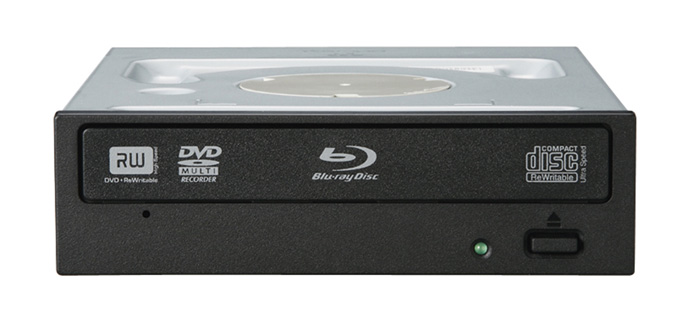
File Compression
File compression is the practice of packaging a file or files to use less disk space. The File Compression category includes software programs that will archive your files and extract archived files such as ZIP and RAR files. Many products in this category let you manage files and protect them with encryption. Notable titles include WinZip, WinRAR, and 7-Zip.

Hard Crash
When a hard drive spins, the head that reads and writes the magnetic data floats just above the surface of the platter. Originally, the term hard drive crash referred to the head literally crashing into the platter, causing serious damage to your hardware and data.
An abrupt halting of operations by a computer due to a malfunction, allowing the users or operators of the computer little or no time to minimize its effects.

Internet Hard Drive

The sole purpose of an Internet hard drive is to offer a means of accessing your computer files (pictures, documents, music, videos, etc.) from any computer, as long as that computer has access to the Internet. Similar to depositing money into your bank account, and later withdrawing that same money from any ATM machine, an Internet hard drive will allow you to "deposit" your computer files into a remote hard drive, and then later access those very same files from any other computer.
Optical Disc Drive
In the real world, "optical" refers to vision, or the ability to see. In the computer world, however, "optical" refers to lasers, which can "see" and read data on optical discs. These discs include CDs and DVDs, which are made up of millions of small bumps and dips. Optical drives have lasers that read these bumps and dips as ones and zeros, which the computer can understand.
Some common types of optical drives include CD-ROM, CD-RW, DVD-ROM, DVD-RW, and Blu-ray drives. CD and DVD writers, such as CD-R and DVD-R drives use a laser to both read and write data on the discs. The laser used for writing the data is much more powerful than the laser that reads the data, as it "burns" the bumps and dips into the disc. While optical drives can spin discs at very high speeds, they are still significantly slower than hard drives, which store data magnetically. However, because optical media is inexpensive and removable, it is the most common format used for distributing computer software.
Some common types of optical drives include CD-ROM, CD-RW, DVD-ROM, DVD-RW, and Blu-ray drives. CD and DVD writers, such as CD-R and DVD-R drives use a laser to both read and write data on the discs. The laser used for writing the data is much more powerful than the laser that reads the data, as it "burns" the bumps and dips into the disc. While optical drives can spin discs at very high speeds, they are still significantly slower than hard drives, which store data magnetically. However, because optical media is inexpensive and removable, it is the most common format used for distributing computer software.

Solid-State Storage
Solid-state storage is a


No comments:
Post a Comment